The digital age has brought about many changes in how students and researchers locate and use information. Today, most current academic journal articles in science, technology and medicine are available electronically. Internet search engines, such as Google and Bing, allow quick and easy access to all types of information. These products make research results appear linked and transparent, while at the same time, they may blur the lines of ownership, copyright and fair use. With so much content at our fingertips, it can be all too easy to incorporate someone else’s ideas and words into another work without proper attribution.
This two-part article introduces Web and HSLS resources that can help you avoid plagiarism and maintain your writing integrity. Part 1 focuses on copyright, ownership, fair use, and attribution. Part 2, in the February 2011 issue of the HSLS Update, will discuss when to cite previous work, how to avoid plagiarism, and resources for ethical authorship.
Overview of Copyright
The World Intellectual Property Organization (WIPO), a specialized agency of the United Nations, was created to establish an international system to protect intellectual property. Two of the many authoritative resources produced by WIPO include What is Intellectual Property? and Understanding Copyright and Related Rights. These resources provide a good overview for non-specialists of the different types of intellectual property, what works are protected by copyright, and copyright ownership.
Published works that may not be copyrighted generally include compilations of readily available information, works published by the U.S. Government, facts that are widely known or “common knowledge,” and works in the public domain. For answers to frequently asked questions about plagiarism, visit Plagiarism FAQs.
A useful chart on copyright duration is available from Cornell University, “Copyright Term and the Public Domain in the United States: 1 January 2010.” This chart illustrates when to expect a work to pass into the public domain. This is helpful in identifying when copyright on a specific work may expire.
Fair Use
The doctrine of “fair use” allows limited use of copyrighted material without permission of the copyright holder. Section 107 of the copyright law lists four factors that determine whether a particular use is fair: (1) purpose and character of the use, such as whether the use is commercial or educational, (2) nature of the copyrighted work, (3) amount and substantiality of the portion used in relation to the copyrighted work as a whole, and (4) effect of the use upon the potential market or value of the copyrighted work. The University of Minnesota’s Fair Use Analysis Tool helps you calculate whether your intended use is within the boundaries of fair use.
Unpublished Data
“Unpublished” does not mean “un-copyrighted.” Even if the data in your article or paper is unpublished, it is probably owned by someone, and written permission should be obtained from the owner before using it. For details, see Unpublished Works from the University of Connecticut Libraries.
Data Ownership
Consideration of data ownership is essential when using research data in a publication or when providing access to the data. Responsible Conduct in Data Management: Data Ownership, from Northern Illinois University, explains the complexities surrounding this issue.
The University of Pittsburgh’s Office of Research Integrity has established Guidelines for the Responsible Conduct of Research. Section 3c of this document states: “Research data obtained in studies performed at the University of Pittsburgh and/or by employees of the University are not the property of the researcher who generated or observed them or even of the principal investigator of the research group. They belong to the University of Pittsburgh, which can be held accountable for the integrity of the data even if the researchers have left the University.”
Thus, researchers and students who leave the University must obtain written permission to use data generated at the University.
*This article is based on a presentation Wessel gave at the Academic Integrity Workshop offered by the ICRE (Institute for Clinical Research Education).
~ Charles Wessel

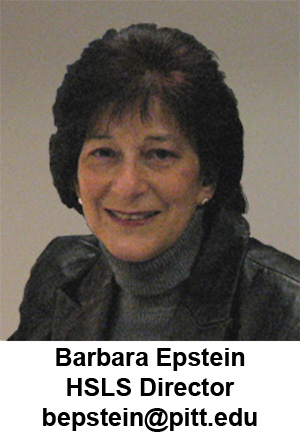 As you can see from the long list of articles in this issue, the number of news items about the library’s resources and activities continues to grow.
As you can see from the long list of articles in this issue, the number of news items about the library’s resources and activities continues to grow.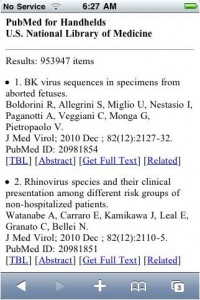
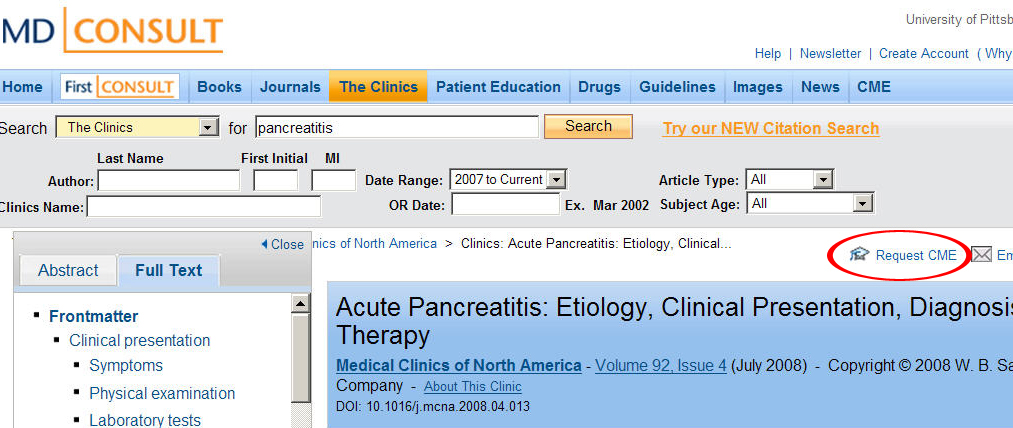

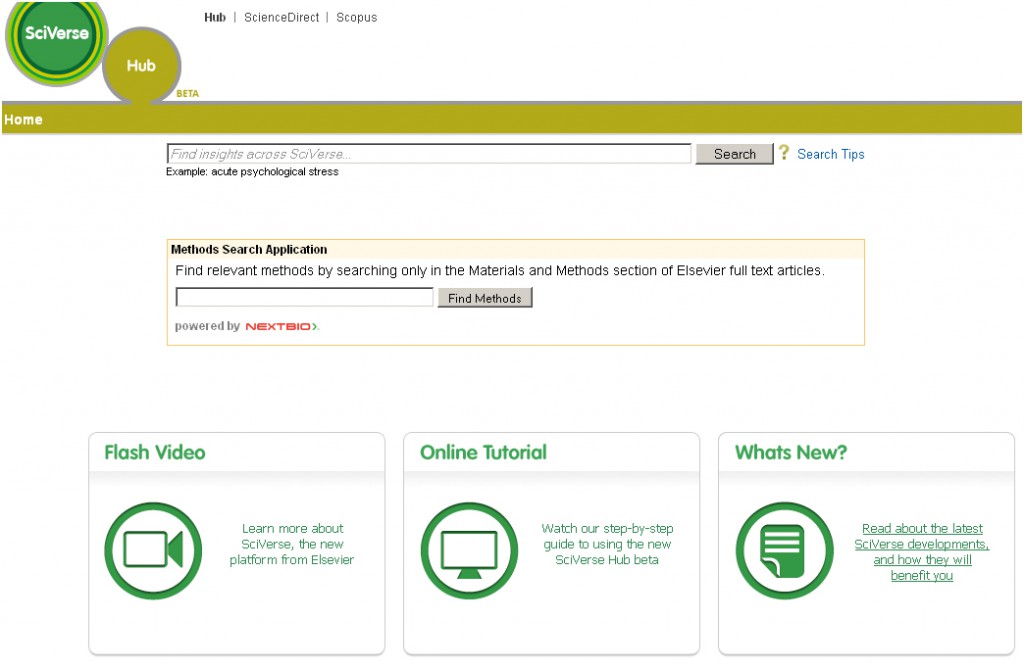

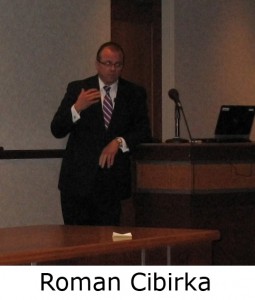 The conference began with a panel discussion, moderated by UPMC’s Chief Medical Information Officer Daniel Martich. Panelists included Roman Cibirka (Medical College of Georgia), Iltifat Husain (
The conference began with a panel discussion, moderated by UPMC’s Chief Medical Information Officer Daniel Martich. Panelists included Roman Cibirka (Medical College of Georgia), Iltifat Husain ( al reality dentist office to better practice dentistry. Iltifat Husain, a fourth year MD/MPH student at Wake Forest University School of Medicine, discussed how he became the founder and editor in chief of
al reality dentist office to better practice dentistry. Iltifat Husain, a fourth year MD/MPH student at Wake Forest University School of Medicine, discussed how he became the founder and editor in chief of 